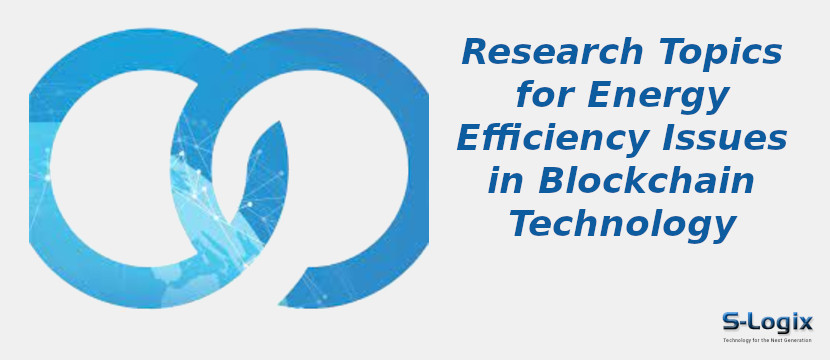Blockchain technology enables secure value transactions in the real-time business environment through immutable distributed ledger blocks. The block creation and deletion, transactions, and data recording necessitate an essential amount of energy. However, the blockchain network entities necessitate exorbitant energy to perform the chain construction and management tasks. Especially, the entities need to speed high amount of energy during the mining process. Lightening the blockchain network using proof of work (PoW) is an efficient way to minimize the energy consumption owing to transactions of blockchain entities. Another algorithm, Proof of Stake (PoS), is highly suitable for reducing energy consumption due to the mining process. It is very prominent to analyze the limitations of blockchain technology when it is applied to energy systems.
Some of the blockchain energy system applications are as follows.
• Energy Trading with Decentralization
• Energy Cryptocurrency
• Smart Meter Networking
• Green Certificate and Carbon Trading
• Energy Control and Management Systems
• Internet of Things
• Internet of Vehicles
Methods used to estimate the energy usage of blockchain models are categorized under the following types.
• Top-Down strategy
• Economic strategy
• Hybrid Top-Down Approach
• Extrapolation based on direct measurement
